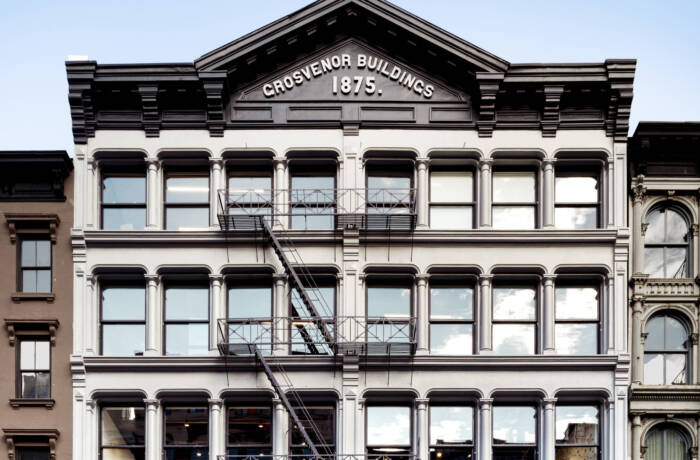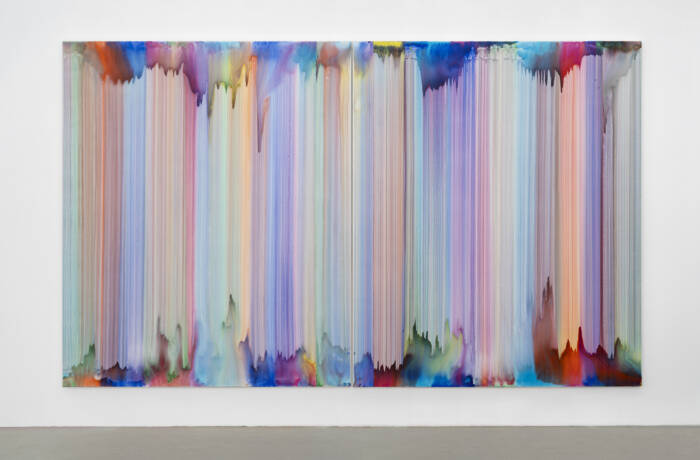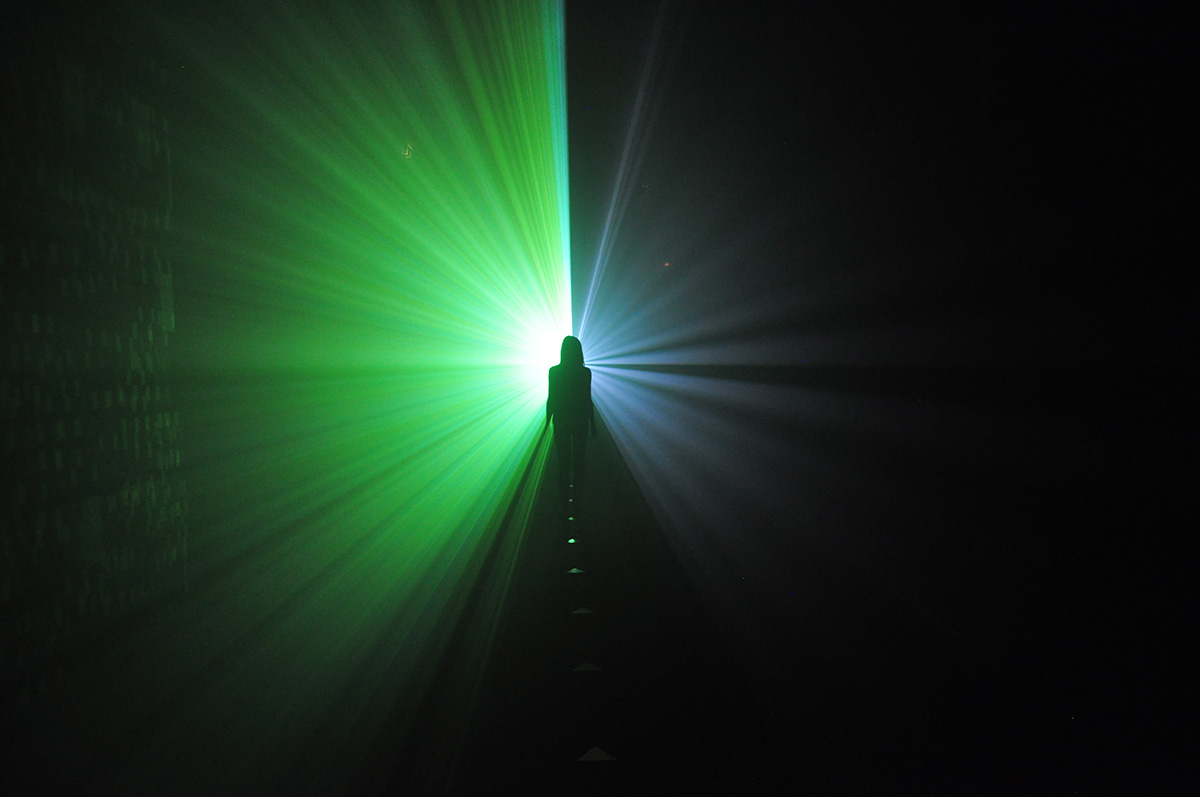
‘Space Odyssey’ (2019) by Etienne Rey
Space in the hands of today’s artists means not just making sculpture but also whole physical or digital environments that the spectator experiences. Clint McLean selects six explorers of these new worlds
DEUTSCHE BANK WEALTH MANAGEMENT x LUX
JULIE MEHRETU
Ethiopian-American artist Julie Mehretu’s abstract paintings compress space and time to reveal imaginary places birthed from unrecognizable but real locations. The artist layers her distinctive markings with architectural drawings, maps, drafts and plans to create the “in-between psychological spaces,” as she refers to them. The paintings are a storm of simultaneous perspectives rendered in pencil, ink and paint and are at times monumental in size.
Follow LUX on Instagram: the.official.lux.magazine
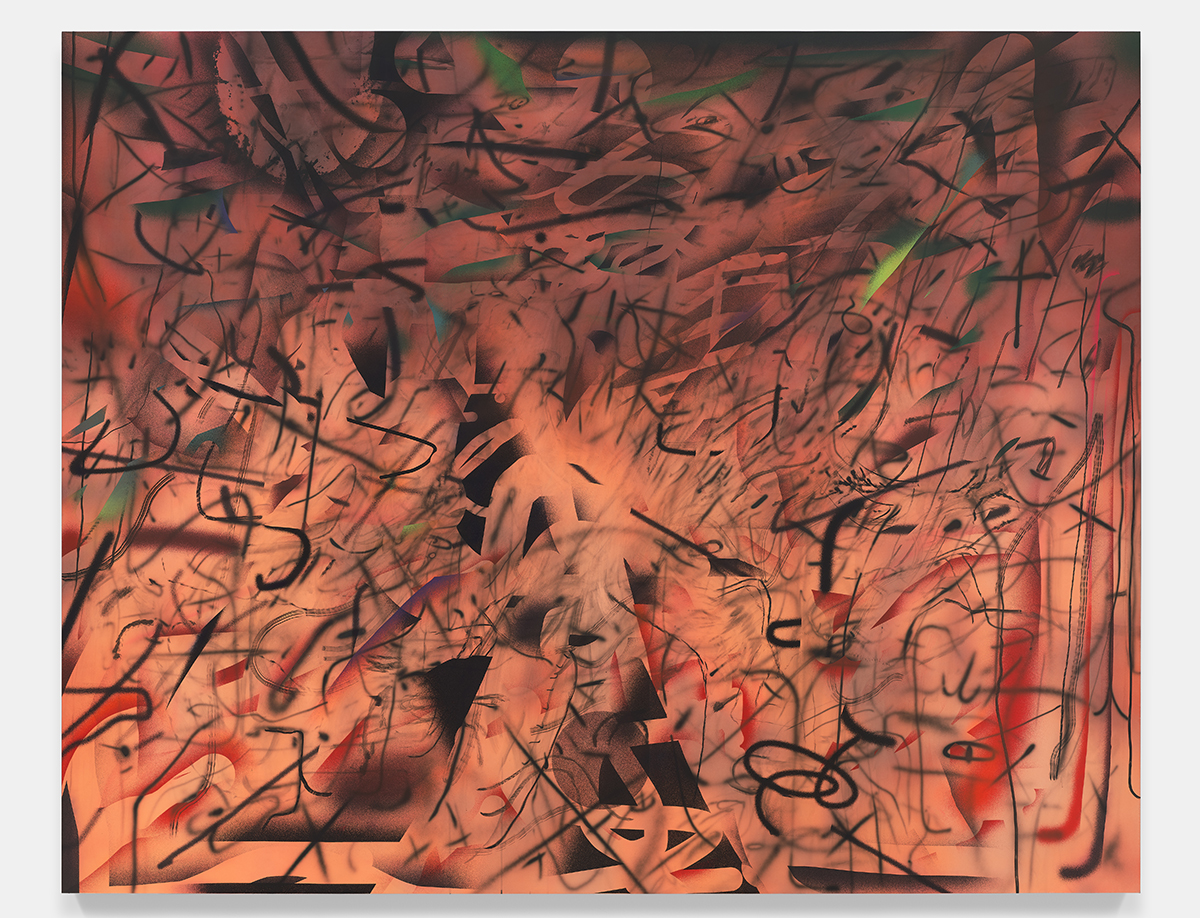
‘Hineni (E. 3:4)’ (2018) by Julie Mehretu
KLAUS PINTER
The largest installations of Austrian artist Klaus Pinter don’t just occupy space, they dominate it. The buoyant airships and ornaments are often translucent and, though enormous, have a lightness and playfulness to them. The two giant balls that constitute Rebonds, which was installed at the Paris Panthéon in 2010, turned the space into a Cubist dream by creating a warped and translucent simulacrum of the architecture it inhabited.
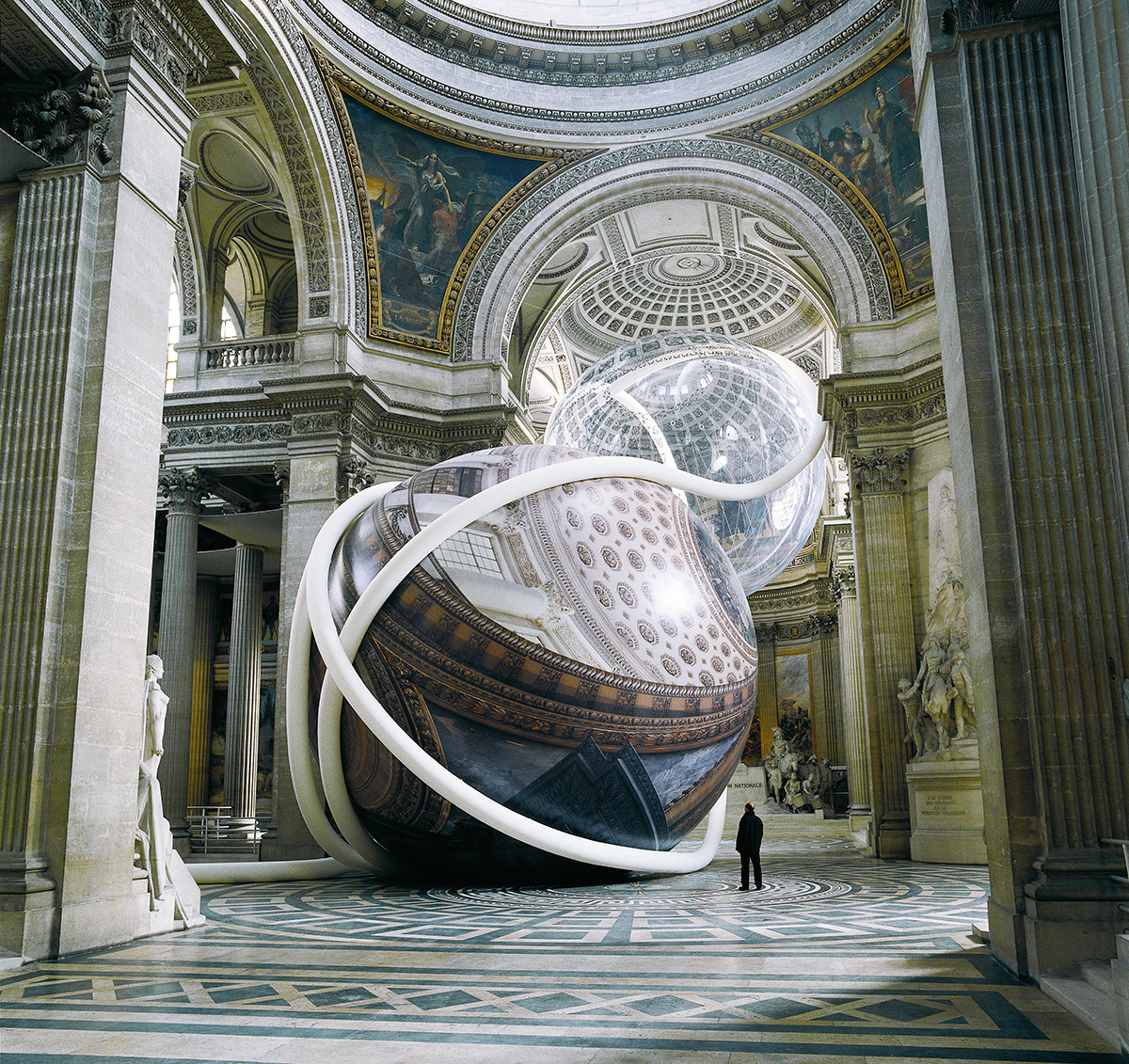
‘Rebonds’ (2010) by Klaus Pinter
ETIENNE REY
The installations by French artist Etienne Rey confuse our sense of space through light, movement and reflection. Works like the semi- reflective, semi-translucent wall Flou No. 1 (2017), and the light sculpture Space Odyssey (2013) created with Wilfried Wendling, are like portals to another dimension. Except that we never arrive at another place. Rather, the artworks distort and erase our environment, making depth and distance disappear and leaving us forever in an in-between place.
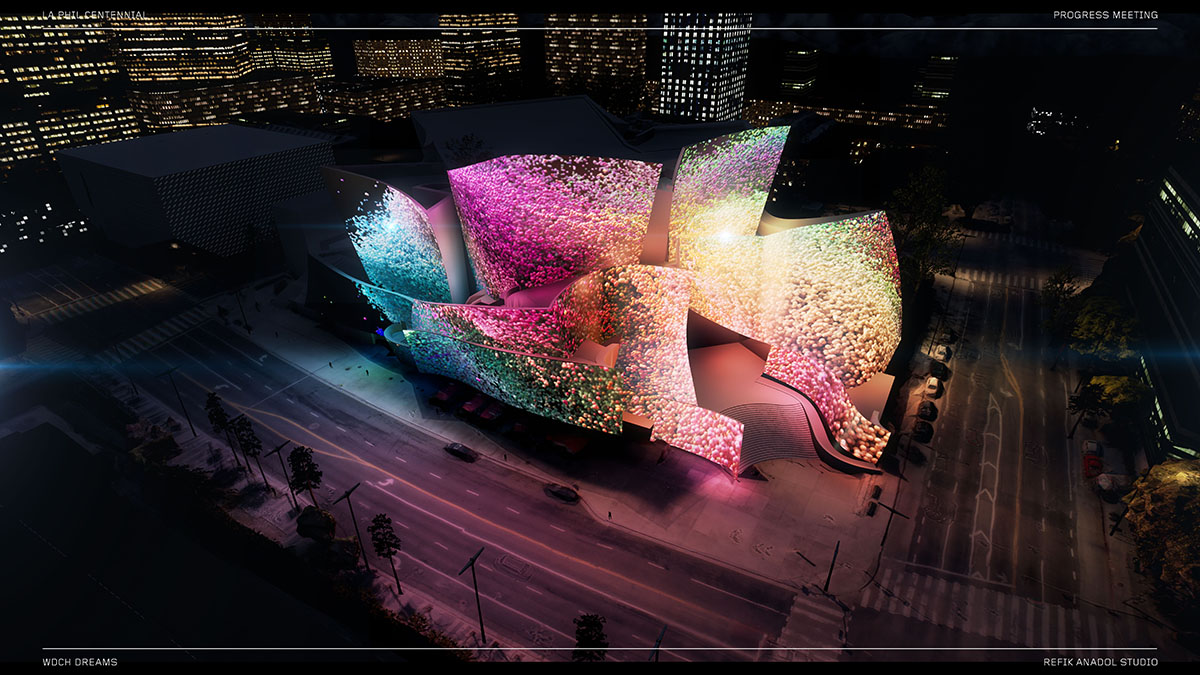
‘WDCH Dreams’ (2018) by Refik Anadol
Read more: Curator Zoe Whitley on the art of collaboration
REFIK ANADOL
Turkish artist Refik Anadol makes the digital space physical through immersive projections of light and sound that draw on data collection and artificial intelligence, among other things. In Archive Dreaming (2017), Anadol surrounds us with data from a digital archive that in turns leaves us hurtling through a vortex of information, floating in space, and inspecting a library of images. The installation is as futuristic as it is nostalgic.
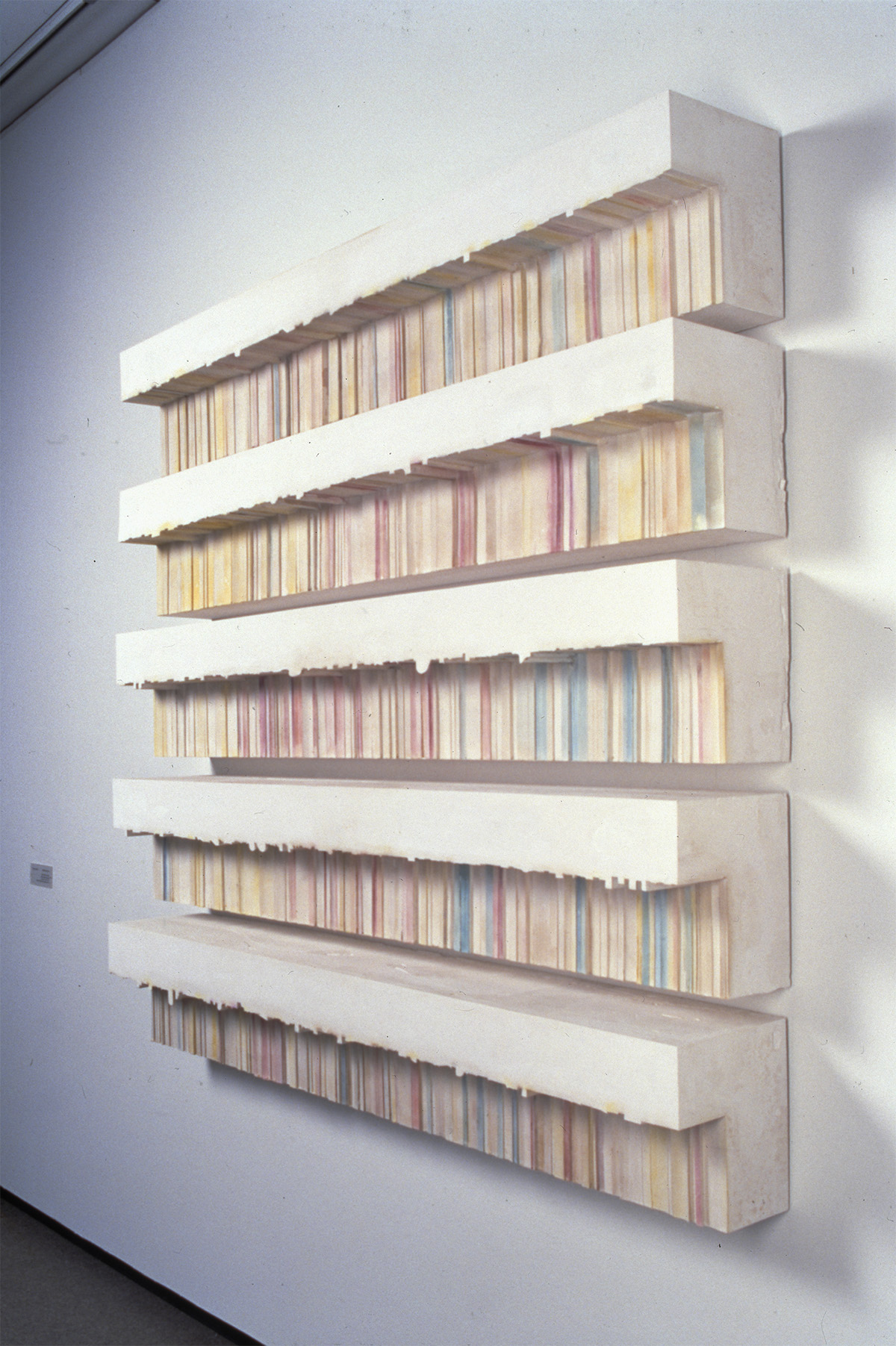
‘Untitled (Pulp)’ (1999) by Rachel Whiteread
RACHEL WHITEREAD
British-born Rachel Whiteread’s sculptures make negative space positive by casting the spaces in, under and around things in rubber, resin, plaster or cement. The Turner Prize-winning artist has cast domestic items such as the space under chairs (echoing Bruce Nauman’s chair-space casts from the 1960s), as well as architectural spaces such as a room (Ghost, 1990) or an entire house (House, 1993). Her work shuffles between playful and haunting while evoking themes of absence and memory.
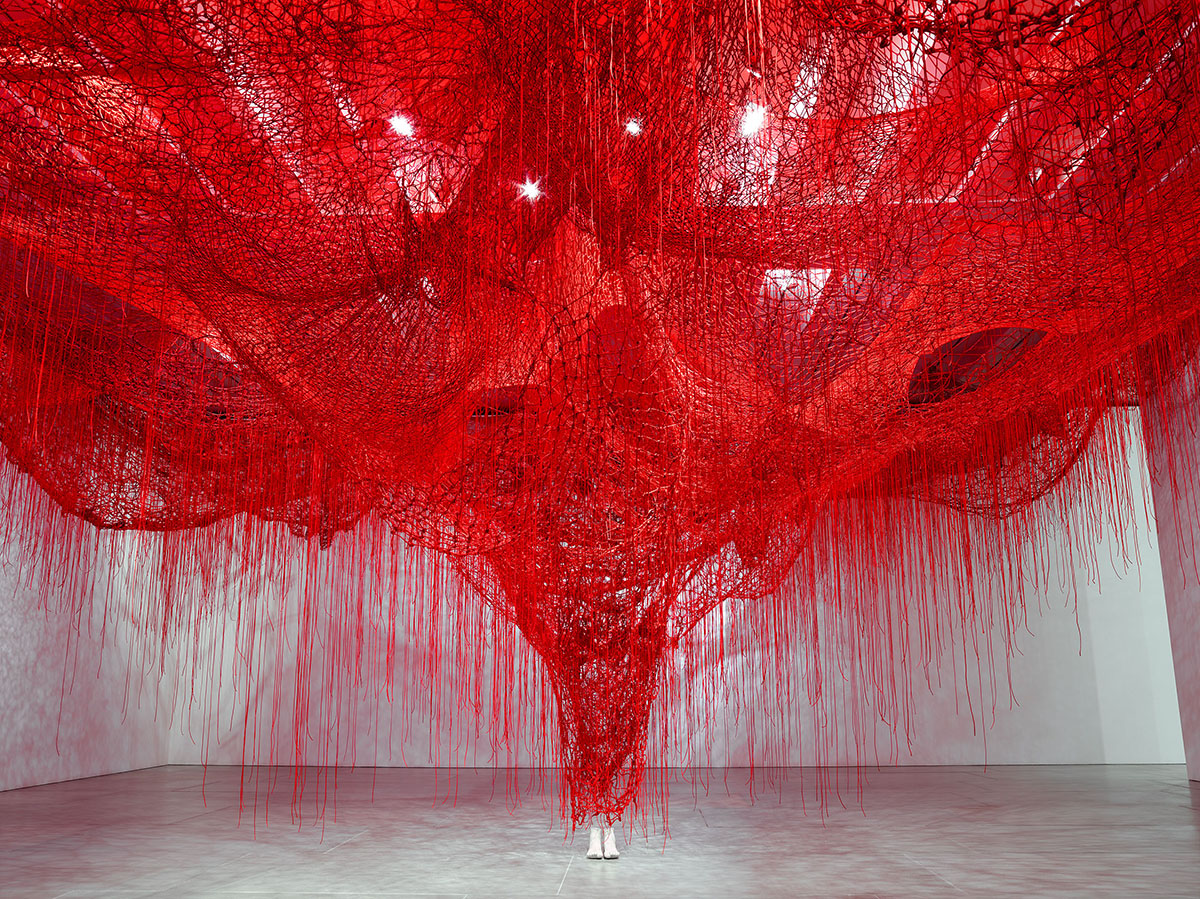
‘Me Somewhere Else’ (2018) by Chiharu Shiota
CHIHARU SHIOTA
The ‘thread drawings’ of Japanese artist Chiharu Shiota fill spaces in dense webs of yarn as they traverse universal themes of life, death, love, relationships and memory. They adorn and claim structures, and tornadoes of her signature red, black or white threads absorb objects such as boats, books, dresses and keys. Her installations turn spaces into dramatic environments as both backdrops and vehicles for sentimental narratives.
This article was originally publishing in the Deutsche Bank Wealth Management x LUX supplement inside the Summer 19 Issue.


